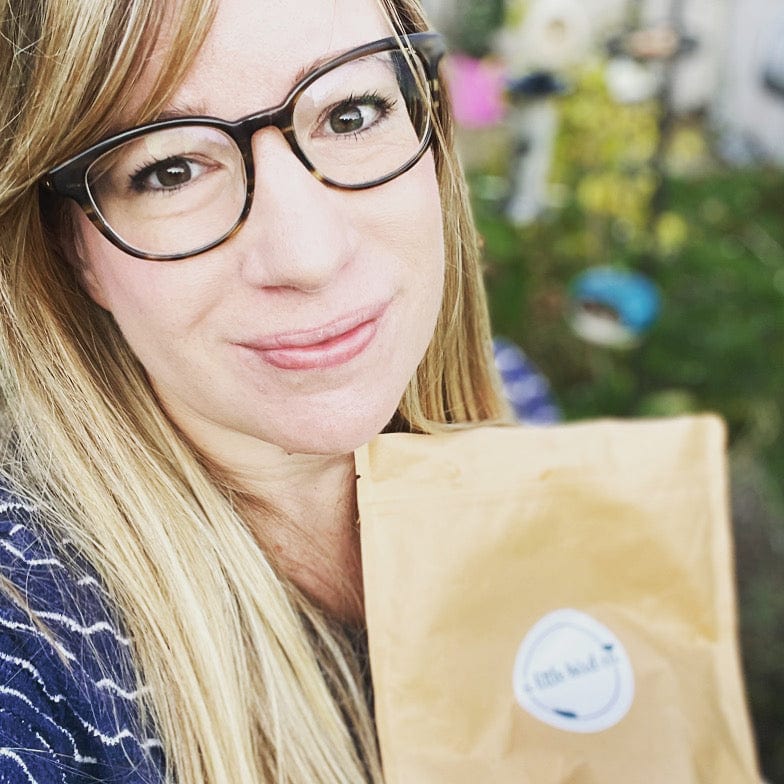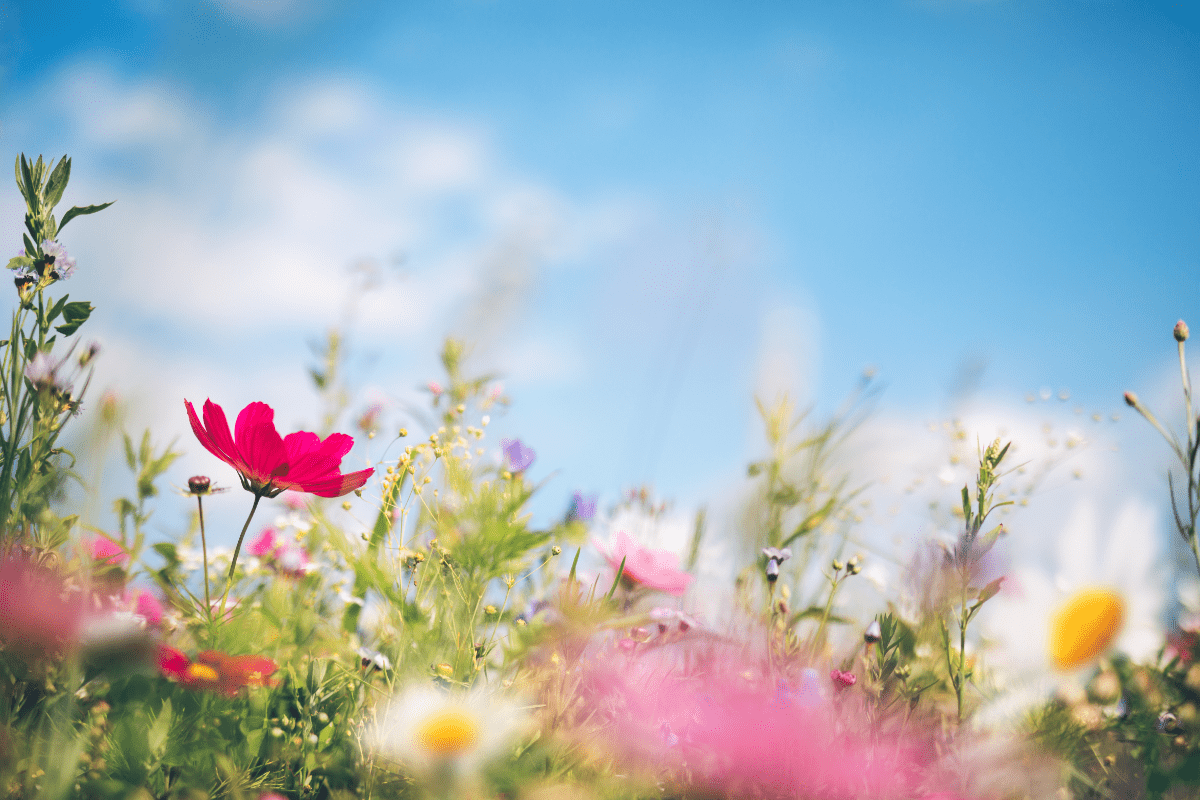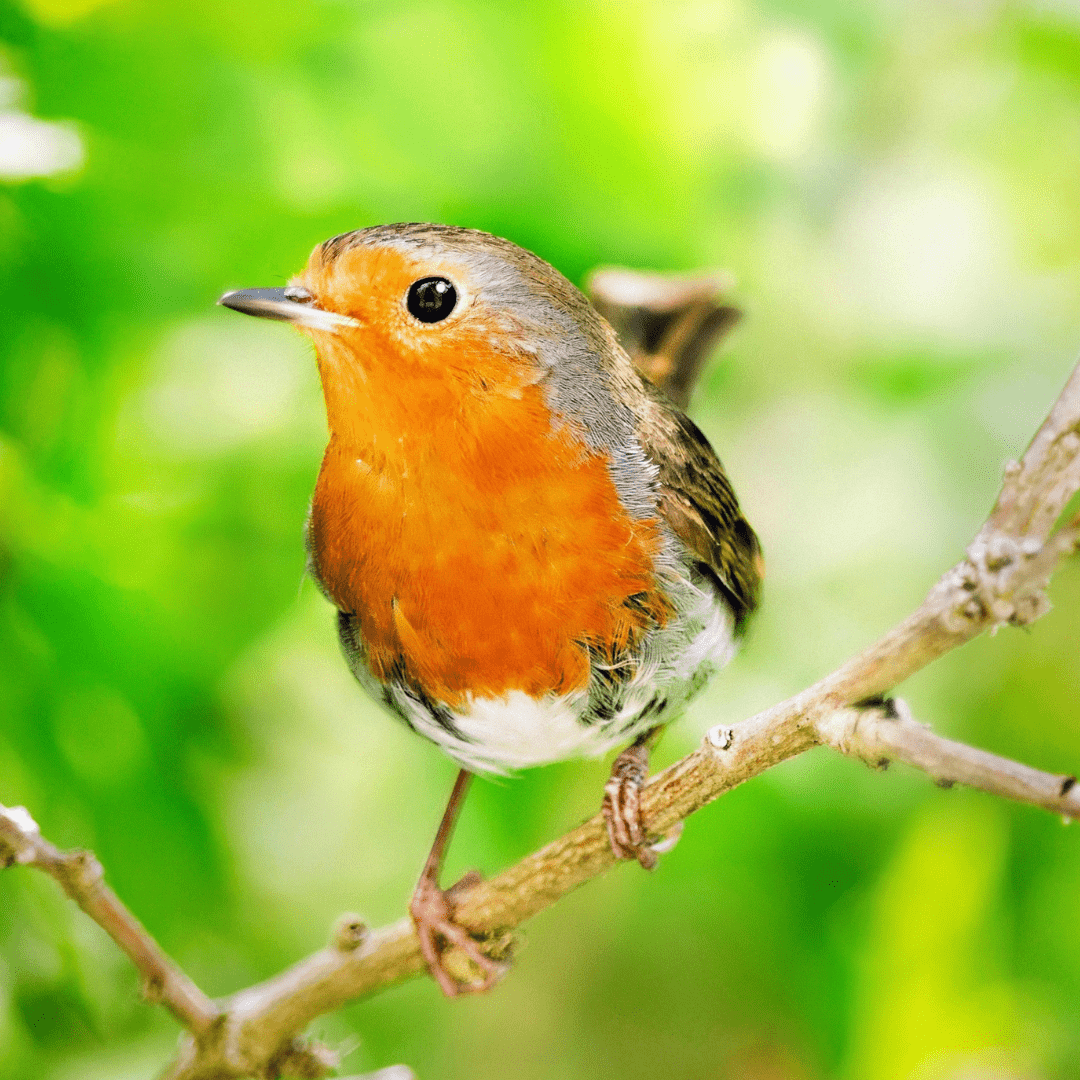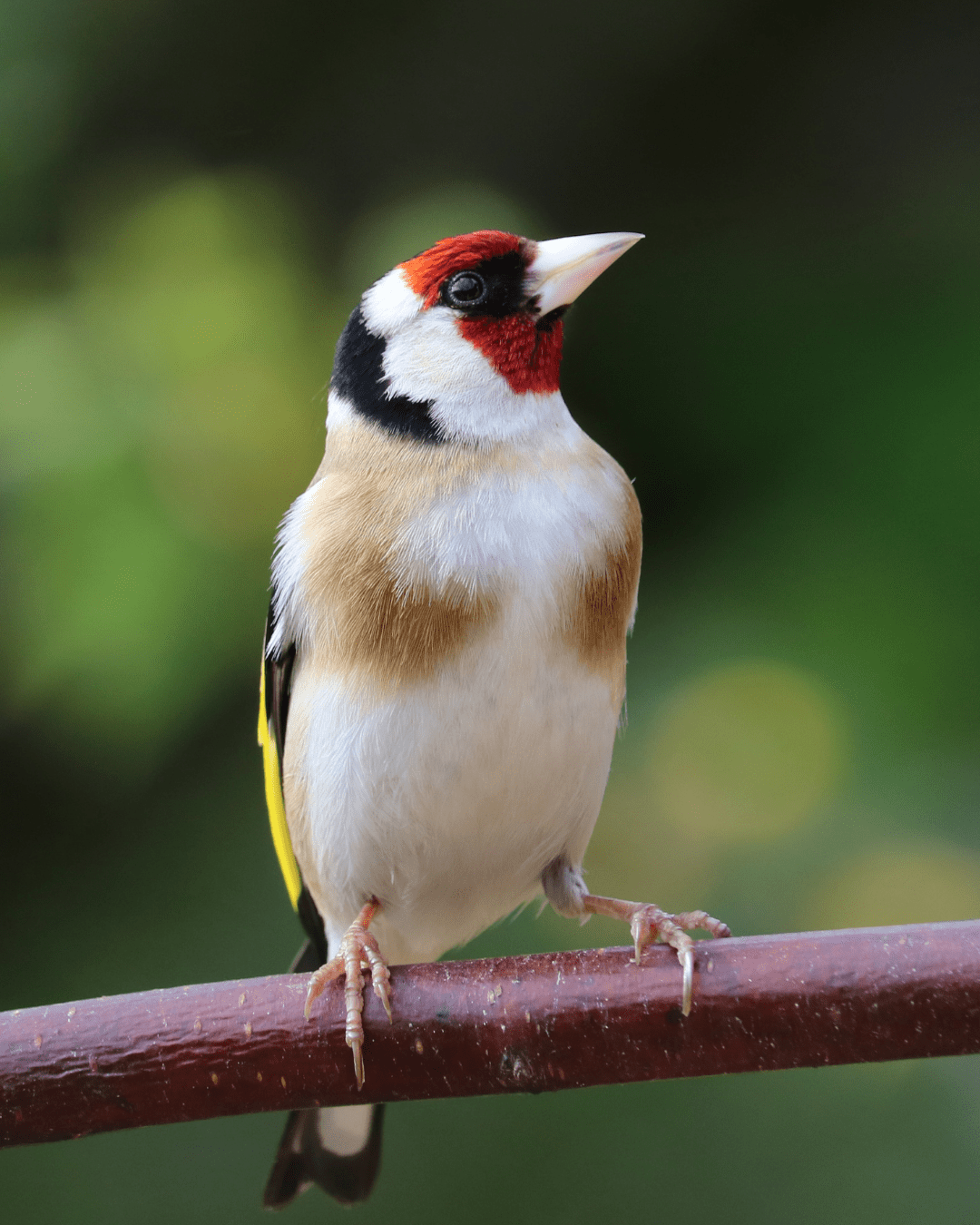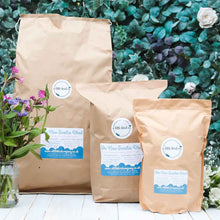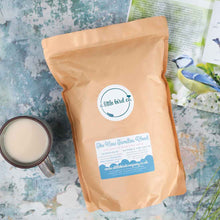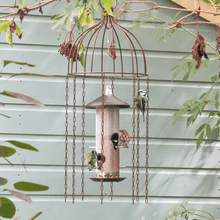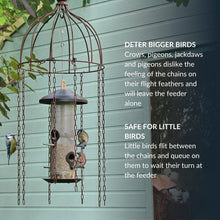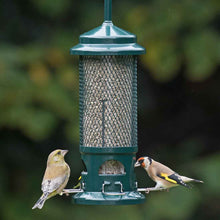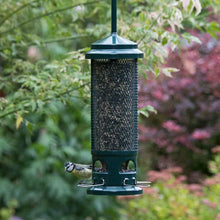Birds Not Using Your New Feeder? Here’s What to Do

You’ve bought a beautiful new feeder, filled it with bird seed, hung it up, and waited for the first visitor. A day goes by. Then another. You keep checking. Still nothing.
If you’ve ever found yourself wondering why the birds aren’t using your new feeder or how long before birds come to a new feeder, you are definitely not alone. It is one of the most common questions I get asked.
The good news is that this quiet spell is completely normal. Birds are naturally cautious and tend to take their time when something new appears in their patch. With a few small tweaks and a bit of patience your garden will soon be full of life.
Why birds might not be using your new feeder (yet)
Birds notice every small change in their environment. They rely on routine and safety so a brand-new feeder can look suspicious at first. It might take a week or even two for them to build confidence and realise that your feeder is a reliable food source.
Often it starts with one brave bird. Once that first visitor decides to take the plunge others soon follow. Birds are social and learn from each other’s behaviour so activity tends to snowball once they know it is safe.
If you are changing from one feeder style to another that can add a little more hesitation. Even a different shape material or colour can give birds pause. Often, the bigger birds are also the boldest, and if you've put out a feeder that doesn't allow them to feed, you might find the little birds take a little longer to come in. I always recommend using a free access feeder (like the Little Lantern or Stainless Steel Feeder) alongside a feeder just for little birds (like the Squirrel Buster, Starling Proof Feeder Set or Medusa Feeder Defender).
How long before birds come to a new feeder?
Most people see their first visitors within a few days but sometimes it can take two to three weeks for birds to trust a new feeder completely. Factors like the season, feeder position and type of food all play a role in this timing.
In autumn when natural food sources like berries and seeds are plentiful birds may not rush to feeders straight away. As temperatures drop and those natural supplies run low visits tend to increase more sharply, and you might even see birds that haven't visited before. In our garden, we see chaffinches and long tailed tits in the winter, but they don't tend to come and see us at other times of year, so that makes the feeders feel much busier.
If it’s been a while and your feeder is still quiet it is worth checking a few simple things before you worry.
Make your feeder feel safe and inviting
Location is one of the biggest reasons birds stay away. Place your feeder somewhere that offers both visibility and cover. Birds like to be able to scan for danger but they also need a nearby escape route if a cat or sparrowhawk appears.
A good rule of thumb is to hang the feeder near a hedge tree or large shrub where birds can perch and watch before feeding. Avoid putting it too close to thick cover where predators might hide.
Try to choose a quiet part of the garden too. Constant noise or movement can make more nervous species like robins and wrens stay away at first.
Check your seed and feeder setup
If your feeder looks spotless but still empty of birds the issue might be the food. Birds are picky about freshness and texture. Dusty old or oily seed is easily ignored especially if natural food is available nearby.
High-quality fresh seed blends are far more appealing. That is exactly why we created our Seasonal Bird Food blend, mixed in small batches with the right ingredients for the time of year. The fresher the food the more likely you are to attract a variety of species quickly.
Feeder design also matters. Smaller perches suit blue tits and coal tits while larger species like finches and starlings prefer more space. If you are using a feeder with a weight-sensitive mechanism or squirrel guard birds may need a little time to figure it out.
Clean feeders regularly using warm water and a mild detergent. Dirty feeders can spread disease and give off an unpleasant smell that deters birds.
The time of year can make a difference
Don’t forget that birds’ feeding habits change with the seasons. In spring and early summer there is often less traffic at feeders because birds are finding plenty of insects grubs and seeds elsewhere. You’ll usually see more activity again once fledglings are independent and the weather turns colder.
If you’ve just put up a feeder in autumn or early winter keep it topped up even if it is quiet at first. Once birds discover it they’ll start to visit daily and rely on it through the colder months.
What happens if your feeder was busy and then goes quiet (or if you go on holiday)?
You might hang out in your garden and enjoy steady visits, then notice the feeder becomes less busy. It can feel disheartening when your once lively feeding station goes quiet. But here’s what is often going on:
Natural food availability changes. In late spring and summer birds often switch to insects for their chicks. That means the feeder may see fewer visits even though birds are still around.
Weather and daylight shift. In warmer spells birds might find plentiful natural food and explore further afield, meaning fewer visits to your feeder.
A change in species mix. Some species visit more in winter; others less so. So activity can feel seasonal.
Feeders in your local area. If someone has a big feeding station locally and keeps it well stocked, the birds might head to that garden first, rather than yours. Don't forget, that's a good thing! We want the birds to be well fed and supported.
If you go on holiday and stop topping up the seed, don’t panic. Birds will not abandon the area! Most birds have a wide range of feeding territories and will use alternative natural food sources.
In short: if your feeder goes quieter it does not mean you’ve failed. It often means your garden’s natural ecosystem is shifting. A pause or change in activity is completely normal.
Patience pays off
If birds aren’t using your new feeder right away try not to be discouraged. It does not mean you’ve done anything wrong. Birds simply take time to feel confident that the food source is safe.
Fresh seed a well-chosen location and a bit of patience are all it takes. One day you’ll glance out of the window and spot that first blue tit or robin investigating, and before you know it your feeder will be the busiest table in the garden.
So stick with it. Keep your food fresh, your feeder clean, and your hopes high. They’ll come.
Final tip
If you’d like to give your new feeder the best possible start choose a feeder design that suits your garden and birds, combine it with our No Grow Seasonal Bird Food blend and make sure you keep the setup consistent for the first couple of weeks.
And when you do spot those first visitors please tag us on Instagram @alittlebirdcompanyuk we’d love to celebrate their arrival with you.

